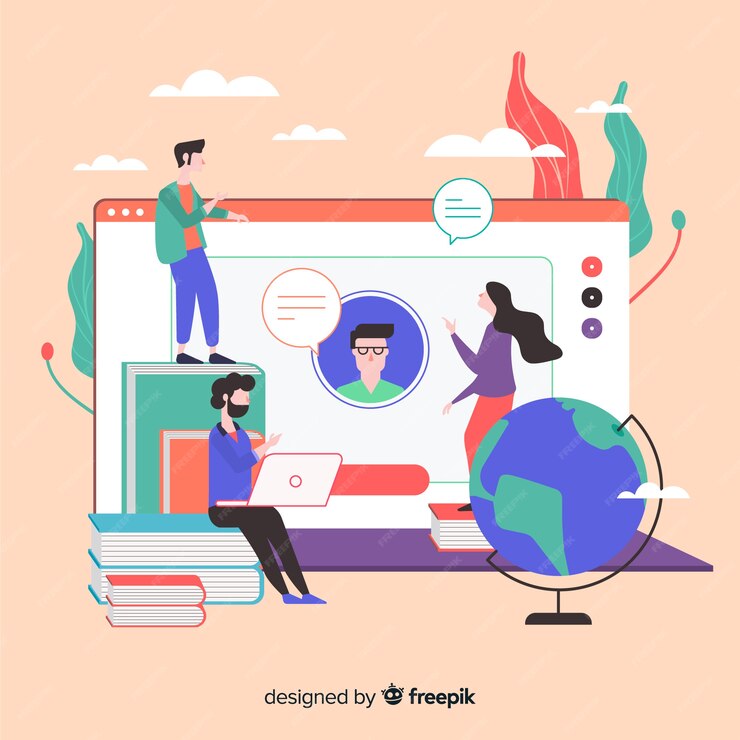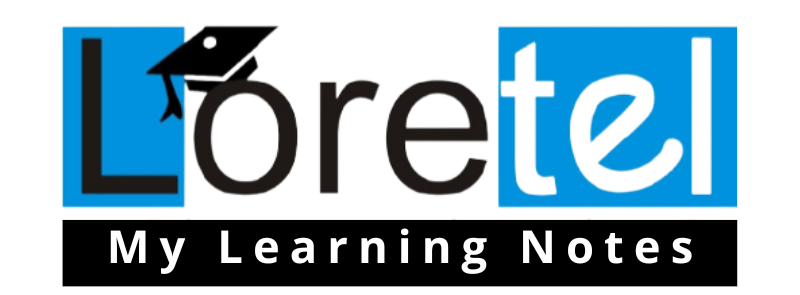Embracing Creativity: The Vital Role of Art in Education
In the hustle and bustle of standardized testing, curriculum frameworks, and academic benchmarks, the importance of art and creativity in education website can sometimes be overlooked. Yet, delving into the world of artistic expression reveals a rich tapestry of benefits that extend far beyond the confines of the art room. From fostering innovation and critical thinking to promoting empathy and self-expression, the integration of art into education website serves as a catalyst for holistic student development.

The Power of Art in Education: Nurturing Creativity for Student Success
In the busy world of schools, where tests and rules often take the spotlight, it's easy to forget about something important: art and creativity. But if we take a closer look, we'll see that art isn't just about painting pretty pictures. It's about helping students grow in so many ways.
Art isn't just about drawing or painting. It's about thinking outside the box, solving problems, and expressing feelings. When students create art, they're using their imaginations and coming up with new ideas website. This helps them become better at thinking creatively, which is super important in today's world where new challenges pop up all the time.
5 Effective Strategies to Enhance Critical Thinking Skills in Students
Critical thinking is a fundamental skill that empowers students to analyze, evaluate, and synthesize information effectively. In today’s complex and rapidly changing world, fostering critical thinking skills is more crucial than ever. By incorporating specific strategies into educational practices, educators can cultivate an environment that encourages deep thinking and problem-solving abilities in students. Here are five effective ways to foster critical thinking skills in students:
1. Teach Problem-Solving Strategies:
Critical thinking goes hand in hand with problem-solving skills. Provide students with opportunities to engage in real-world problems and challenges that require them to think analytically and creatively. Guide them through the process of identifying the problem, brainstorming possible solutions, evaluating their effectiveness, and making informed decisions. Encourage them to consider multiple perspectives and approaches to solving problems, emphasizing the importance of flexibility and adaptability in finding solutions.

2. Promote Metacognitive Reflection:
Metacognition refers to the ability to think about one's own thinking processes. Encourage students to reflect on how they approach tasks, solve problems, and make decisions. Teach them strategies for metacognitive reflection, such as keeping a journal, engaging in self-assessment, and setting goals for improvement. By becoming more aware of their thinking processes, students can identify strengths and weaknesses in their critical thinking skills and take steps to enhance them.
Unleashing Curiosity: The Power of Inquiry-Based Learning
Inquiry-based learning is not just a teaching method; it's a philosophy that places curiosity and exploration at the forefront of education website
. Unlike traditional rote memorization, inquiry-based learning encourages students to ask questions, investigate phenomena, and construct their own understanding of the world around them. By engaging students in active exploration and discovery, inquiry-based learning promotes deeper learning, critical thinking, and lifelong curiosity.
At its core, inquiry-based learning is about empowering students to take ownership of their learning journey. Instead of passively receiving information from teachers, students actively participate in the learning process by asking questions, conducting investigations, and seeking answers. This active engagement fosters a sense of curiosity and wonder, motivating students to delve deeper into topics and explore new ideas.

Navigating the Digital Frontier: Exploring the Impact of Technology on Education website
In today’s digital age, technology has become an integral part of education website, revolutionizing the way students learn and teachers teach website . From interactive whiteboards to online learning platforms, technology offers a myriad of opportunities to enhance the educational experience and prepare students for success in the 21st century. Let’s delve into the impact of technology on education, exploring the latest trends and innovations shaping the future of learning.
One of the most significant impacts of technology on education is its ability to personalize learning experiences. With the rise of adaptive learning platforms and AI-powered tutoring systems, educators can tailor instruction to meet the individual needs and learning styles of each student. This personalized approach not only improves student engagement and motivation but also enables students to progress at their own pace, maximizing their learning outcomes.

Project-Based Learning: Bridging Classroom Learning with Real-World website Applications
Project-based learning (PBL) is a dynamic educationalwebsite approach that immerses students in real-world, hands-on experiences to deepen their understanding of concepts and foster essential skills. Unlike traditional rote memorization, PBL empowers students to actively engage in inquiry, collaboration, and problem-solving as they tackle authentic challenges. Let’s explore the benefits of project-based learning and its significance in preparing students for success in today’s rapidly evolving world.
One of the primary benefits of project-based learning is its ability to cultivate critical thinking and problem-solving skills.Through trial and error, they develop resilience and perseverance as they work through challenges, honing essential skills that are invaluable in both academic and real-world contexts.

The Rise of Online Learning: Pros and Cons for Students and Educators
The rise of online learning has transformed the landscape of education website , offering unprecedented opportunities for students and educators alike. From flexibility and accessibility to challenges of engagement and technology, online learning presents a unique set of pros and cons. Let’s delve into the advantages and challenges of online learning for both students and educators.

Pros for Students:
- Flexibility: Online learning offers flexibility in scheduling, allowing students to learn at their own pace and convenience. This flexibility is particularly beneficial for working professionals, caregivers, and students with busy schedules.
- Accessibility: Online learning breaks down geographical barriers, providing access to educational opportunities for students regardless of their location. This increased accessibility enables students to access a diverse range of courses and programs that may not be available locally.
Cons for Students:
- Lack of Face-to-Face Interaction: One of the main drawbacks of online learning is the absence of face-to-face interaction with peers and instructors. This lack of social interaction can lead to feelings of isolation and hinder collaboration and communication skills development.
- Technology Challenges: Online learning website relies heavily on technology, and technical issues such as poor internet connectivity, software glitches, and hardware malfunctions can disrupt the learning experience and impede progress.
- Self-Motivation and Discipline: Online learning requires a high level of self-motivation and discipline to stay organized, manage time effectively, and stay on track with coursework. Without the structure of traditional classroom settings, some students may struggle to stay motivated and focused.
The Role of Social-Emotional Learning in Academic Success
While academic success is often measured by grades and test scores, the foundation of a well-rounded education extends far beyond traditional metrics. Social-emotional website learning (SEL) plays a pivotal role in shaping students’ overall development, equipping them with essential skills and competencies that are critical for academic success and lifelong well-being. Let’s explore the profound impact of social-emotional learning on academic achievement and personal growth.
At its core, social-emotional learning encompasses a broad range of skills that enable students to understand and manage their emotions, develop positive relationships, and make responsible website decisions. These skills include self-awareness, self-management, social awareness, relationship skills, and responsible decision-making.

